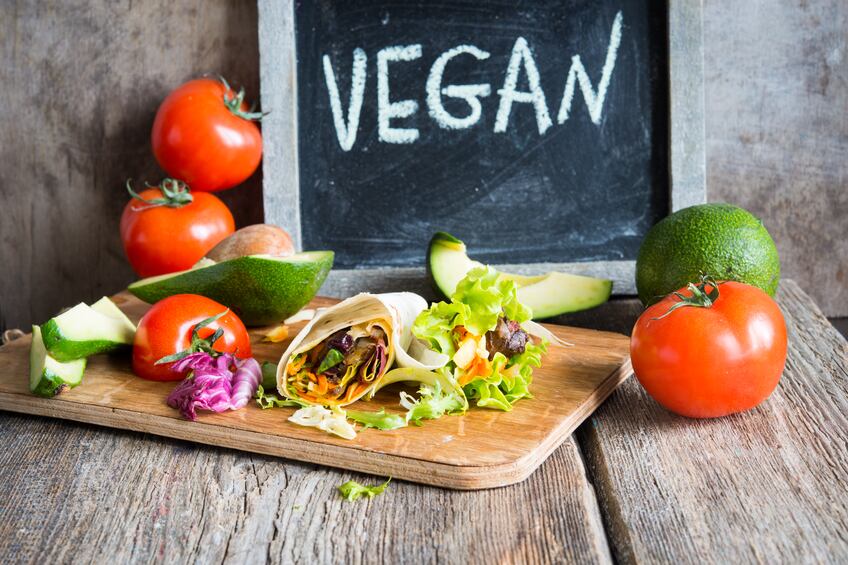Unilever is stepping up its investment in digital engagement. For instance, investment in digital marketing has increased by €310m over the past few years – and the channel now represents 40% of its total media spend.
“It is a complex area where, rather than looking at headline number, let me give you a sense of some of the things that we are very focused on. The first is we continue to shift our media mix into channels that are growing their audience, not shrinking their audience, specifically digital,” chief executive Alan Jope explained during a conference call yesterday.
“We're absolutely preoccupied with message relevance, asset quality, segmentation, and targeting.”
The maker of Magnum ice cream and Knorr seasonings is focusing on what it calls ‘data-driven marketing’. It now operates 24 ‘digital hubs’, with more planned for this year.
And, Jope revealed, this investment is paying off: “We're getting significant step up in ROI from our media investment from that approach. And it's a step up in effectiveness not a cost-driven exercise.”
Entering the conversation
Unilever’s digital strategy for its brands is to develop a conversational relationship with consumers as opposed to a brand-forward approach.
According to Jope, the audience segments Unilever is identifying through its digital efforts are ‘relevant across multiple categories and brands’. The food-to-personal care conglomerate already has 1.5bn ‘consumer connections. “We're identifying some super segments such as vegans or fashionistas that we can leverage across all three of our divisions.”
An example of Unilever’s strategy in action is its Axe Music partnership with DJ Martin Garrix to promote the personal care brand.
“It's creating content where the brand interrupts less and converses more with our young audience. The digital campaign that surrounds the music videos has massively amplified viewership of the videos,” Jope explained.
This approach is complementary to Unilever’s focus on ‘brands with purpose’ as it gives the company a unique way to reach out to consumers and appeal to them based on principles or causes they support. For example, Unilever’s Ben and Jerry’s ice cream brand has launched a social justice campaign that aims to draw attention to the racial bias in the American prison and justice system.
E-commerce’s high growth rate
Beyond marketing, Unilever is leveraging its digital presence to drive growth through online channels.
The company is seeing growth in e-commerce of 30%, Jope revealed following the release of Unilever’s second-quarter results this week. It is ‘definitely our most important growth channel’ he said as the group reported organic sales growth of 3.5% for quarter.
“There are some channels that are showing consistent high growth and it is things like e-commerce, out of home eating, actually proximity stores in emerging markets, beauty stores, and discounters.”
On e-commerce and discounters, Jope said Unilever has ‘slightly lower than fair share in growth’ but is also growing ahead of the market in growth – meaning share gains – particularly in e-commerce.
And this is positive news for Unilever’s margin, because the e-commerce business is accretive. “The faster we grow our e-commerce business, the better it is for our margins. We have accretive margins in e-commerce.”
Unilever’s e-commerce business consists of sales through the online platforms third-party vendors, as well as rapidly growing direct-to-consumer brands, including snack subscription service Graze.
Cold weather gives ice cream a frosty reception
While Unilever’s digital strategy is clearly a bright spot in the company’s performance it is nevertheless a small part of the group’s business. Much more significant to the overall performance are sales trends in developed markets such as Europe and the US, which account for around 60% of group revenue.
Unilever Q2 organic growth stood at 3.5%, up from 3.1% reported in the first quarter but under market expectations of 3.7%.
Volume growth added 1.2% while pricing contributed 2.3%.
Looking to Europe, Unilever revealed that its performance was negatively impacted by weather – the region did not experience a similar heatwave as that time last year and this was a drag on the group’s ice cream performance.
Jope warned that growth in the last 12 weeks has ‘dropped back’. “Europe drove a good chunk of this slowdown with value growth in the last 12 weeks actually turning negative. While weather is part of it, Europe does remain challenging with continued price deflation.”
This contributed to the lacklustre performance of Unilever’s food and refreshments unit, which saw organic sales up 1.3%. Of that 1.4% came from pricing, with volumes turning negative.
Despite the relatively poor weather, ice cream brands grew globally at 2%, driven by innovations like Solero, where the company has eliminated the plastic wrapping. “Magnum continues its strong run of growth with things like a new white chocolate and cookies product and a whole new chocolate innovation with ruby chocolate,” Jope said.
But, while Bernstein analyst Andrew Wood said food and refreshments came in below expectations, he added that the current heatwave in Europe could help a rebound in the third quarter. "Food and refreshment disappointed... from weak ice cream sales, which could recover in Q3 given the very warm weather so far."
In contrast, savoury was ‘more modest’. But there were bright spots – such as bouillons and snack meals. Jope said this demonstrated the importance of shifting to ‘on trend’ segments of Unilever’s categories.
“Bouillons, which has been picked up by the trend toward scratch cooking, and snack meals catering to the convenience trend, those really highlighted how important it is to continue to get more of our foods business into on trend segments," Jope noted.




